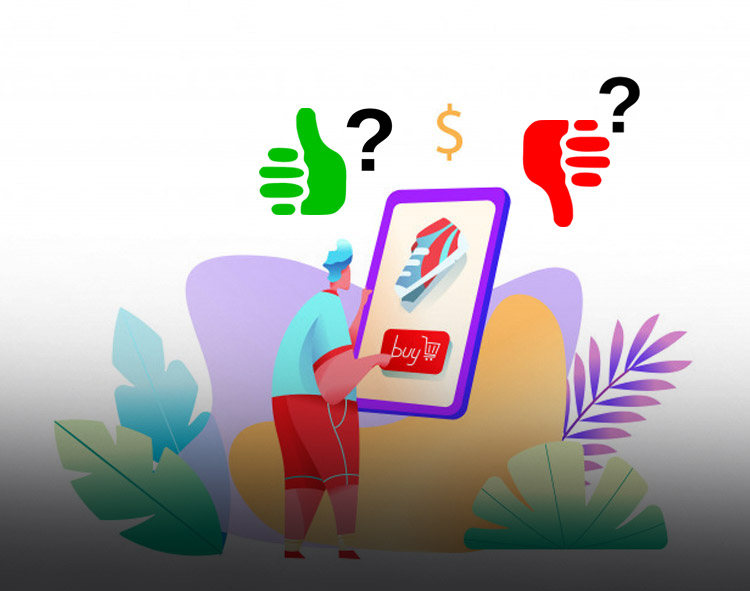One of the world’s most popular messaging apps- WhatsApp recently launched an in-app payment feature that now allows users to make instant payments to anyone on their contact list. This UPI-based payments capability allows users to send and receive money via the popular messaging app.
At a time when the number of payment solutions are only increasing while the demand for secure, seamless contactless payment solutions are on the rise, is having a payment ability as part of a social media service something of a boon or a bane though?
Read More: Is Covid-19 a Wake Up Call for InsurTechs?
Let’s weigh some of the benefits:
Like most other tech innovations, social media platforms have evolved over the years to now include a series of offerings and services.
- On several of the most popular social media platforms, eCommerce and online shopping sites advertise their latest products as part of a revenue generation stream for the social media platform. Having an in-app online payment facility built into a social media platform might in some ways therefore prove to be useful to users, especially if the platform also allows for instant ordering facilities without having users go to the eCommerce website to make a purchase, because it nullifies the need to log into a net banking or other service to make a purchase.
- A social media payment feature can definitely come in handy for families who are distributed all over the world and have to make urgent and instant payments to each other, especially at a time such as the present, when Covid-19 might impact certain family members ability to earn or their income levels due to a drop in business.
- Similarly, by implementing a direct payment gateway into a social media ecosystem, friends, colleagues can initiate one-to-one payments to each other and this can help during a time of dire need.
But should Social Media turn into a catalyst for online and contactless payments?
A few arguments against it:
- While social media platforms do have the basic fundamentals that can offer a sound payment solution as part of their overall service along with other integrations, can these platforms replace other modes of online payments and be the end all for all?
- PayPal first popularized the trend of online and direct transfers, and while apps like ApplePay, Twitter Buy, WhatsApp Pay, Google Wallet, SnapCash offer similar payment facilities, the overall adoption of payments-via-social media is still on the lower side.
- One could argue that WhatsApp has a good foundation for turning into a catalyst for online payments given that the Facebook-owned social media platform has a total user base of 200 million (and growing) active accounts.
- However, given the recent privacy issues that Facebook is dealing with and anti-advertisement boycott campaigns (with major international brands pulling their campaigns from the platform), users are bound to worry about their privacy and security when it comes to making digital payments via WhatsApp.
If a system such as this is compromised, hackers will have easy access to a user’s bank account details. To break into one’s login in this case would typically only require a user’s social media logins and access to their mobile device.
Read More: Coronavirus Highlights the Virtues of Crypto Alternatives
The advantage with other modes of instant payments like mobile payments is that the app session logs out after usage – requiring the registered user to key in certain credentials to access the bank account again.
In order for platforms like WhatsApp to become a catalyst for online and instant payments, ensuring better phone security will become the need of the hour. Authentication of these payment apps wherein both PIN and biometrics are required will be a plus.
Given that most technologies today (or platforms) try to evolve to become all-in-one offerings for their users, having a payments feature built into your social media app bears its own benefits. If built with the right features and capabilities, this can in fact enable the needs of one to one users and business-to-business users in several ways.
